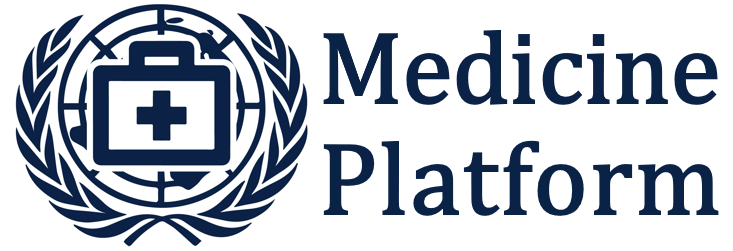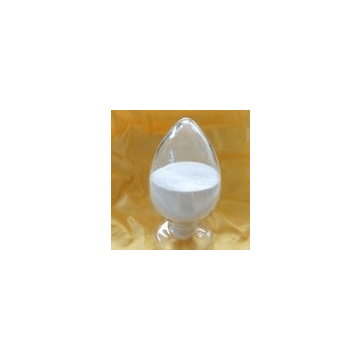Grade: Pharmaceutical Grade
Factory Location: Hai dian Beijing china china
Main Sales Markets: Central/South America,Western Europe,Eastern Europe,Asia,Africa
Contract Manufacturing: CRO,CMO
Sample Provided: yes
Cephalosporin C Acylase
Cephalosporins currently constitute the most widely prescribed class of antibiotics and are used to treat diseases caused by both Gram-positive and Gram-negative bacteria. Cephalosporins contain a 7-aminocephalosporanic acid (7-ACA) nucleus which is derived from cephalosporin C (CephC). The 7-ACA nucleus is not sufficiently potent for clinical use; however, a series of highly effective antibiotic agents could be produced by modifying the side chains linked to the 7-ACA nucleus. The industrial production of higher-generation semi-synthetic cephalosporins starts from 7-ACA, which is obtained by deacylation of the naturally occurring antibiotic CephC. CephC can be converted to 7-ACA either chemically or enzymatically using D-amino acid oxidase and glutaryl-7-aminocephalosporanic acid acylase. Both these methods show limitation, including the production of toxic waste products (chemical process) and the expense (the enzymatic one). In order to circumvent these problems, attempts have been undertaken to design a single-step means of enzymatically converting CephC to 7-ACA in the course of the past 10 years. The most suitable approach is represented by engineering the activity of a known glutaryl-7-aminocephalosporanic acid acylase such that it will bind and deacylate CephC more preferentially over glutaryl-7-aminocephalosporanic acid. Here, we describe the state of the art in the production of an effective and specific CephC acylase.
Company Shows


